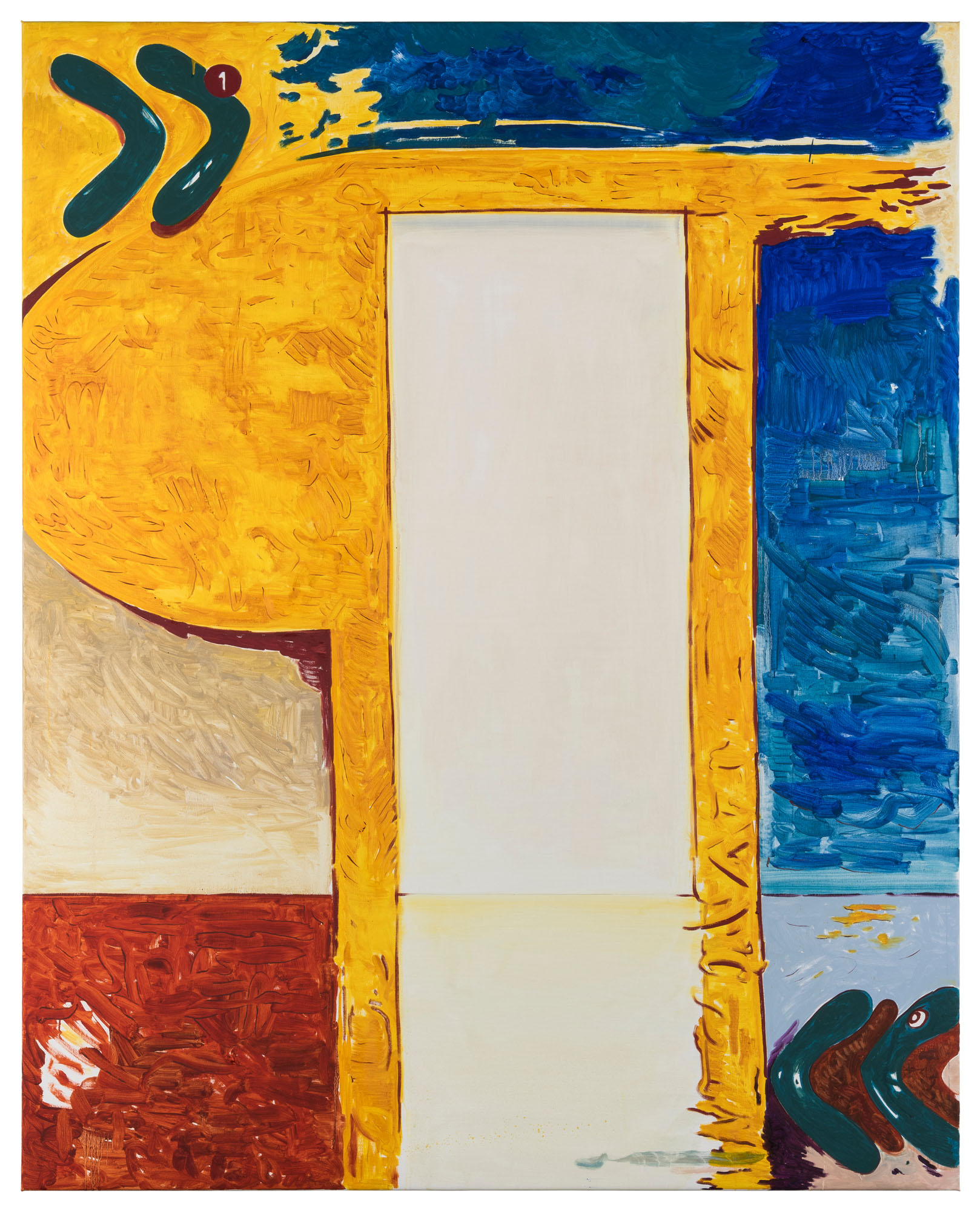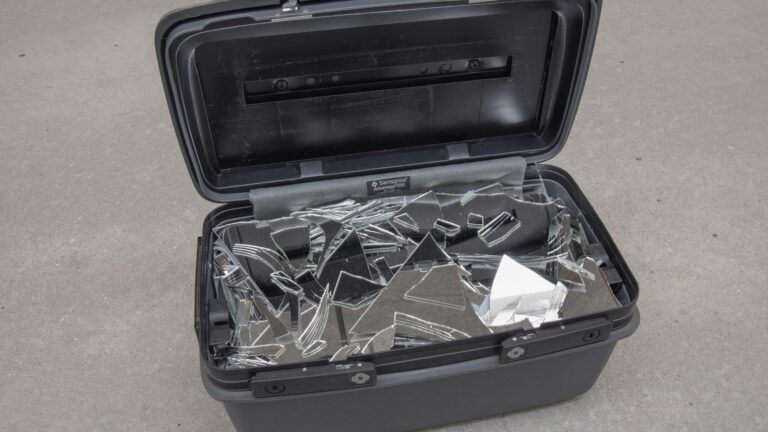Artist: Rasmus Nilausen
Exhibition title: Different From Words
Venue: Christian Andersen, Copenhagen, Denmark
Date: April 5 – May 16, 2019
Photography: all images copyright and courtesy of the artist and Christian Andersen, Copenhagen
Conversation between artist Rasmus Nilausen and gallery assistant Rasmus Thor Christensen in connection to Rasmus Nilausen’s exhibition ‘Different From Words’ at Christian Andersen, 5 April–16 May, 2019.
Rasmus Thor Christensen: What is your relationship to memory in the work?
Rasmus Nilausen: If I remember correctly, I always work from memory. I recite and repeat the experiences I had or have created. Old stories on representation lies somewhere underneath as unarticulated potential. A latent potentiality echoing regardless of its manifestation. It is often mirrored in the work as a memory of itself. A representation of repetition without a materialized precedent.
Rasmus: As we have talked about before this reminds me of the Baudrillardian idea of the simulacrum. But in a way the simulacra in your work have precedents, albeit a memorial or experiential one, devoid of a universal frame of reference.
Rasmus: Memory and consequently nostalgia is kept in a humid storage space. The content might seep out and manifest itself in signs. Painting sits somewhere between spoken and written language and hence becomes unpredictable in my hands. Ungraspable if you will. It is a painting before it can become an image. The spoken language happens in the moment somehow, it just appears instantly, while its written counterpart is victim of editing and can potentially be reworked to infinity. The text is dependant on the hands to execute the language.
Rasmus: So for you the relation between painting and text embrace the same kind of reworking of intangible speech or visuality. It feels like a lot of the perception and understanding of this is related to the eye, and thereby its abilities of perception.
Rasmus: This makes me think of the problem of dealing with a longer narrative in a still medium like painting. It is dependant on the memory and imagination of the viewer to complete the notion of movement, unlike the reading of a chapter or paragraph. My past show Eye Dialect was a reflection on the pausing or bothering of the eye of the reader/viewer. The eye cannot see the words. The eye sees the text, which is standing in for the word. The word is not the thing and the thing is not the word.
Rasmus: Well that is because those said elements do not really care about language at all. They care about things like feelings for example, but in a sort of tangible way although not objectively materialized.
Rasmus: Those are the things different from words that I really care about. Things that are almost impossible to talk about.
Rasmus: Trying to say something regardless, we once quoted ourselves saying: “referencing one’s own doing is to reference art history [sic]”. In a way this explores the dualism of the manifested references, both being palpable and elusive.
Rasmus: The referencing is often direct, dealing with specific works by other painters. But the reference might get lost in the equation if the viewer is unaware of said reference or cannot remember it precisely. It is a frustrating situation for that person, but it can also be inspiring to have the feeling of potentiality within the work. This is when the challenge begins and it becomes imperative to either accept it or decide that there is no room in the memory for it.
Rasmus: A non reference referenced in the full memory.
Rasmus: Yes, something to take with you even if vision is one of the most promiscuous of our senses. The memory will turn it into whatever one’s own psyche allows it to. The reference is then beyond observation.
Rasmus: Thank you Rasmus.
Rasmus: Thank you Rasmus.






















